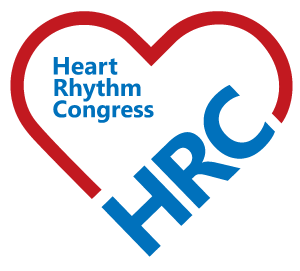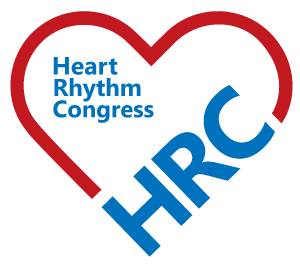Background: Electrogram (EGM)-guided catheter ablation for atrial fibrillation (AF) has poor long-term outcomes and requires further research. Although clinical studies are considered the gold standard, they are restricted by low numbers of volunteers, safety of procedures, and ethical considerations. Small animal models lack clinical translatability due to their lack of similarity to human hearts. Analysis of intact explanted human hearts may overcome some of these limitations by maintaining a controlled setting whilst accounting for the morphological complexities that arise with EGMs in a clinical setting, such as motion artefacts and far-field signals. However, these studies are limited by restricted availability of intact donor hearts for research and variability of confounding factors. Alternatively, intact large animal heart models, and porcine hearts in particular, have extensive anatomical and physiological similarities to the human heart, suggesting their suitability for electrophysiological studies. We aimed to assess the similarities in EGM morphology between explanted porcine and human hearts to validate the ex vivo porcine model as a suitable translational step.
Methods: Unipolar EGMs were recorded from Langendorff-perfused porcine (n=2) and human (n=2) hearts, using a high-density grid mapping catheter (Abbott Medical). EGMs were recorded by sequential mapping of the left ventricle from 12 epicardial positions, whilst pacing at a cycle length of 1000 ms. Recordings were taken before (baseline) and after induction of gap junction (GJ) uncoupling via administration of a 1 mM carbenoxolone (CBX) bolus. For all hearts, at each ventricular position, one paced activation recorded from each of two electrode channels were manually annotated (total EGMs n=181) to calculate 21 times, voltage and gradient-domain features of the EGM.
Results: The percentage change from baseline following CBX administration was calculated for each morphological feature of the EGM. For all features measured, the magnitude of the effect of GJ uncoupling was not statistically significantly different between porcine and human hearts (P>0.05, for all features, one-way ANOVA).
Conclusion: These preliminary findings suggest that GJ uncoupling affects the morphology of EGMs recorded from intact porcine hearts and human hearts in a consistent manner. This specific electrophysiological validation builds upon the current general understanding of the high degree of anatomical and physiological similarities between porcine and human hearts. Therefore, these results suggest that EGMs from intact porcine heart studies can be extrapolated to the human heart and that the intact porcine heart is a valid model that could be used in addition to intact human donor hearts to increase sample size, or possibly as an addition/alternative to in vivo human studies, in future EGM-based investigations.







